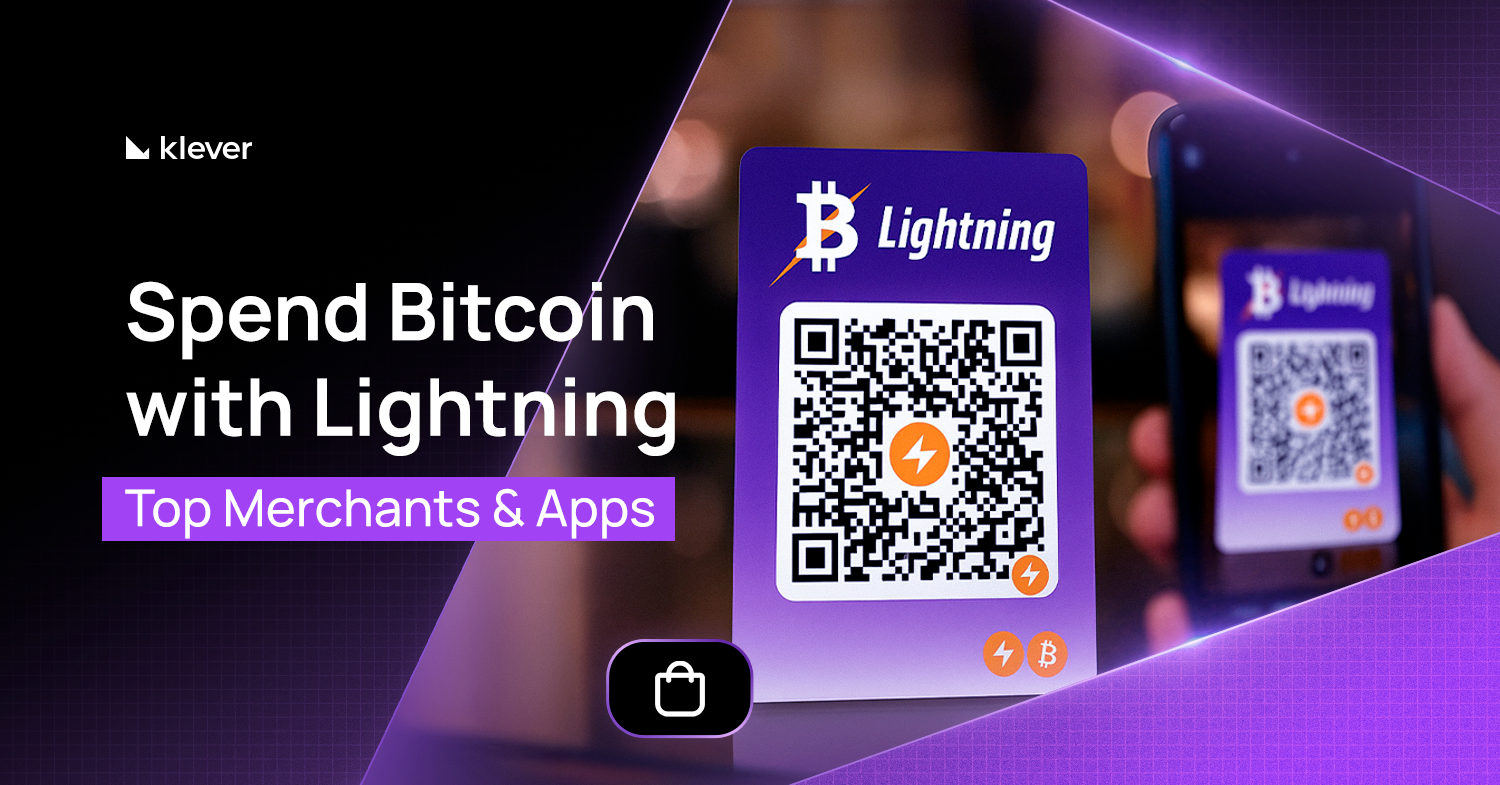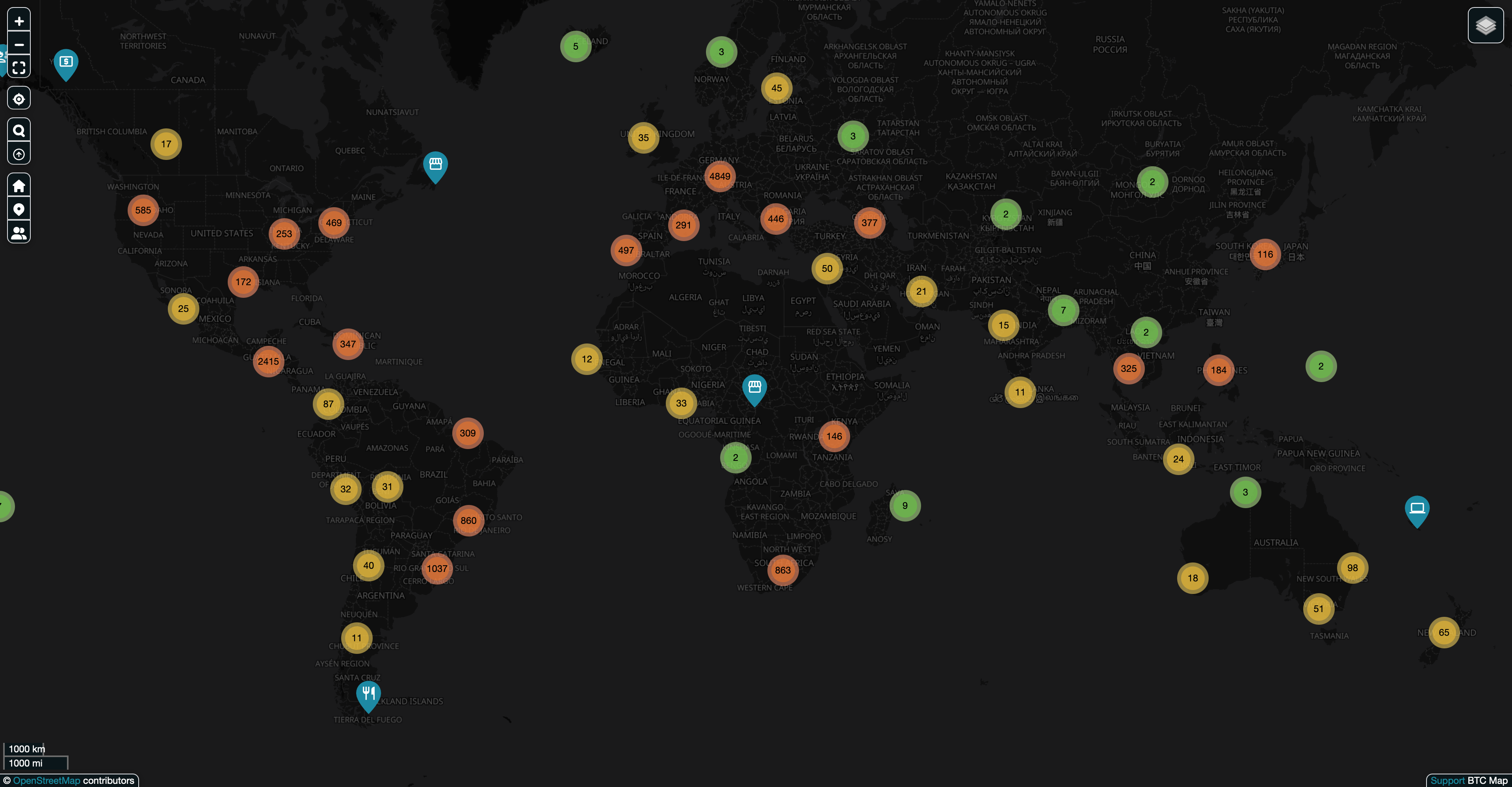
Once seen only as “digital gold” to be held for the long haul, Bitcoin is increasingly being used as real money—spendable, fast, and globally accessible.
With the rise of payment integrations, crypto cards, and Layer 2 scaling like the Lightning Network, using Bitcoin for everyday purchases is no longer theoretical. It’s already happening.
Let’s explore how and where you can actually spend Bitcoin today.
Bitcoin’s Journey: From Whitepaper to Wallet-Friendly Currency
When Satoshi Nakamoto published the Bitcoin whitepaper in 2008, the idea was radical: an electronic peer-to-peer cash system that worked without banks, governments, or middlemen.
In the aftermath of a global financial crisis, trust in centralized institutions was at a low, and Bitcoin presented a new path forward—one where math and code, not politics, governed money.
The first real-world transaction happened in 2010 when 10,000 BTC bought two pizzas—a moment that marked Bitcoin’s leap from theory to practice. Back then, few could imagine that those coins would one day be worth millions.
Bitcoin was dismissed as a curiosity, then as a threat, then as a speculative asset. Over the years, its narrative shifted: from digital cash, to store of value, to “digital gold.”
But history has a way of circling back.
Today, as new infrastructure like the Lightning Network, crypto debit cards, and mobile payment tools mature, Bitcoin is reclaiming its role as spendable money. Not just a symbol of value, but a medium of exchange.
You can use it to buy coffee, book flights, pay bills, and even shop online. It’s money again.
So how exactly do you spend Bitcoin in everyday life? Let’s explore.
How to Spend Bitcoin at Online and Physical Stores
Bitcoin is now accepted by a growing number of merchants worldwide. Whether you’re shopping for electronics, booking a hotel, or grabbing lunch, there are real ways to use BTC as payment.
Top Online Merchants That Accept Bitcoin
Several major platforms let you check out directly with Bitcoin. These purchases are processed through crypto payment gateways or the Lightning Network for speed and cost-efficiency.
Here are some popular options:
- Travala – Book flights, hotels, and travel packages with Bitcoin.
- Bitrefill – Use Bitcoin Mainnet or BTC Lightning to buy gift cards for Amazon, Netflix, Uber, and more, instantly.
- Newegg – Buy electronics, computer parts, and gaming gear.
- Namecheap – Pay for domains, hosting, and web services.
These platforms make the process seamless—just select Bitcoin at checkout and scan a QR code using your wallet.
You can access both Travala and Bitrefill directly through Klever Wallet—book trips, buy gift cards, and spend Bitcoin with ease.
Physical Locations That Accept Bitcoin

Yes, you can walk into a store and pay with Bitcoin.
While not yet widespread globally, many physical shops, especially in countries with high crypto adoption, accept BTC through QR-code scanning apps or point-of-sale crypto integrations.
Use these tools to find nearby merchants:
- coinmap.org – Displays Bitcoin-friendly businesses on a global map.
- btcmap.org – Open-source and community-driven map of stores that accept BTC.
Whether it’s a coffee shop, coworking space, or barber shop, more businesses are opening their doors to Bitcoin.
Use Bitcoin With Crypto Debit Cards
One of the most effective ways to spend Bitcoin is through crypto debit cards, which convert your BTC into fiat currency at the point of sale.
This makes it easier to use Bitcoin anywhere that accepts Visa or Mastercard, whether it’s a local coffee shop or a global online store.
How Crypto Debit Cards Work
- You load the card with Bitcoin (or another supported crypto).
- When you make a payment, the card provider instantly converts the crypto into the local currency.
- The merchant receives fiat, and you spend Bitcoin seamlessly.
It’s like having a regular debit card, only your balance is in crypto.
Popular Bitcoin Debit Cards
Here are some of the most trusted and widely used crypto cards:
- BitPay Card (U.S.)
Lets you spend BTC, ETH, and other assets; reloadable via app; supports ATM withdrawals. - Crypto.com Visa Card
Offers up to 5% crypto cashback (in CRO), Netflix and Spotify rebates, and works in over 100 countries. - Coinbase Card
Connects to your Coinbase wallet, allowing you to spend directly from BTC, USDC, and other balances. - RedotPay
Designed for global users, RedotPay supports BTC and stablecoins and offers a multi-currency crypto card experience. Works in over 200 countries and includes virtual card options with low fees. - Xapo Bank
Combines a licensed private bank with a BTC-enabled debit card. Your Bitcoin remains in cold storage until you choose to spend, and the card enables direct Bitcoin conversions at payment time with zero FX fees.
Extra Benefits
Most of these cards offer:
- Real-time transaction tracking
- Card freezing/unfreezing via app
- Spending alerts
- Rewards in crypto (some even in Bitcoin)
They give you control, flexibility, and global reach, all without selling your BTC manually.
Pay Bills and Subscriptions With Bitcoin
Spending Bitcoin isn’t limited to shopping, it can cover your monthly bills, mobile top-ups, and digital subscriptions too. Thanks to third-party platforms, you can use BTC to pay for everyday services, without needing to convert it to fiat manually.
What You Can Pay With Bitcoin
- Mobile phone recharges
- Utility bills (electricity, internet, water—depending on your country)
- Streaming services (Netflix, Spotify, Amazon Prime via gift cards or direct payment)
- Online gaming credits
- Cloud services (VPNs, hosting, and software)
These services make crypto practical for real-life expenses, especially in countries where direct merchant adoption is still catching up.
Quick and Easy Process
- Choose the service or bill you want to pay.
- Enter the required details (like phone number or account number).
- Select Bitcoin or BTC Lightning as the payment method.
- Scan the QR code with your wallet and confirm.
In most cases, the payment is processed within minutes.
Donate to Charities With Bitcoin
Bitcoin doesn’t just buy products, it can also fund purpose. More nonprofits and grassroots movements now accept Bitcoin, allowing you to support causes directly, transparently, and globally.
Whether it’s humanitarian aid, education, or animal welfare, your BTC can make a real-world impact.
Why Donate With Bitcoin?
- Fast and borderless: Bypass traditional banking delays and fees.
- Transparent: Blockchain records show exactly where funds go.
- Censorship-resistant: No third party can block or reverse donations.
- Tax advantages: In some countries, donating crypto is tax-deductible.
Feed The Goats (FTG)
A modern grassroots initiative that accepts Bitcoin donations to fund community-focused projects, mutual aid, and education. It was born from crypto culture but evolved into a real-world movement. FTG exemplifies how crypto can fuel real change—from food distribution to community workshops.
You can donate BTC directly through their channels, often using the Lightning Network for minimal fees.
Other Charities That Accept Bitcoin
- Save the Children
One of the first major nonprofits to accept crypto. Supports global child health, education, and emergency response. - The Water Project
Funds clean water access in Sub-Saharan Africa. Accepts BTC, ETH, and more. - The Giving Block
A donation platform that connects hundreds of verified nonprofits with crypto donors. From mental health to environmental causes. - WikiLeaks
Accepts Bitcoin and other cryptos for donations in support of transparency and press freedom.
How to Donate in Bitcoin
- Visit the charity’s website or donation platform.
- Choose Bitcoin Mainnet or Lightning as the donation method.
- Scan the wallet address or QR code.
- Send the desired amount and confirm.
Your transaction is recorded publicly, and the impact is immediate.
Use Lightning Network for Fast and Low-Fee Bitcoin Spending
As Bitcoin gained popularity, its blockchain became more congested, and transaction fees increased—especially during peak times. That’s where the Lightning Network steps in: a Layer 2 solution built on top of Bitcoin that enables instant, cheap, and scalable transactions.
With Lightning, Bitcoin becomes usable for everyday micro-spending: coffee, streaming content, even a tweet tip.
What Is the Lightning Network?
The Lightning Network opens a secondary payment channel between two users, allowing them to transact off-chain. Once the channel is closed, only the final balance is recorded on the Bitcoin blockchain. This means:
- Transactions settle instantly
- Fees are often fractions of a cent
- It scales Bitcoin to millions of transactions per second
However, traditional Lightning usage requires managing channels, liquidity, and sometimes even running a node—which can be complex for non-technical users.
That’s where Klever Wallet comes in:
Klever Wallet eliminates the need for users to manage channels, nodes, or liquidity. Everything runs in the background. You just scan, send, and the payment goes through—fast, cheap, and secure. This makes Bitcoin Lightning payments easier, more accessible, and truly ready for everyday use, even for first-time users.
Use Bitcoin ATMs to Withdraw or Spend Locally
Bitcoin ATMs (BTMs) bridge the gap between the digital and physical worlds by letting users withdraw cash, buy Bitcoin, or even send BTC to others on the spot. These machines are installed in thousands of locations around the world—from shopping malls to gas stations—and are especially useful if you want quick access to local currency using your crypto.
What You Can Do With a Bitcoin ATM
- Withdraw cash by selling your Bitcoin
- Buy BTC using fiat (cash or card, depending on the machine)
- Send BTC to another wallet address or phone number
Most machines walk you through a simple, touchscreen process. You’ll need:
- A Bitcoin wallet to scan a QR code (Klever Wallet or similar)
- Optionally, ID verification for higher-limit transactions
- Your mobile number for security confirmation
How to Find a Bitcoin ATM Near You
Use locator tools like:
- CoinATMRadar – The most popular global map for Bitcoin ATM locations
- Bitcoin.com ATM Map
- Local exchanges may also list affiliated machines
These tools show nearby ATMs, supported features (buy, sell, Lightning), hours of operation, and any limits or fees.
Bitcoiner Tip
Bitcoin ATMs often charge higher fees than online exchanges or wallet swaps, so use them when convenience or cash access outweighs cost.
Using Bitcoin as Real Money: Final Takeaways
Bitcoin’s evolution has come full circle. Once considered too volatile or too slow to use as money, it’s now powering real-world payments, thanks to innovations like crypto debit cards, bill pay platforms, and the Lightning Network.
Whether you’re shopping online, paying bills, or supporting a grassroots cause like Feed The Goats, Bitcoin has become more than a store of value—it’s usable, flexible money.
The tools exist. Adoption is growing. And each time you use Bitcoin to make a payment, you’re helping build the next chapter of decentralized finance—where money works on your terms.


